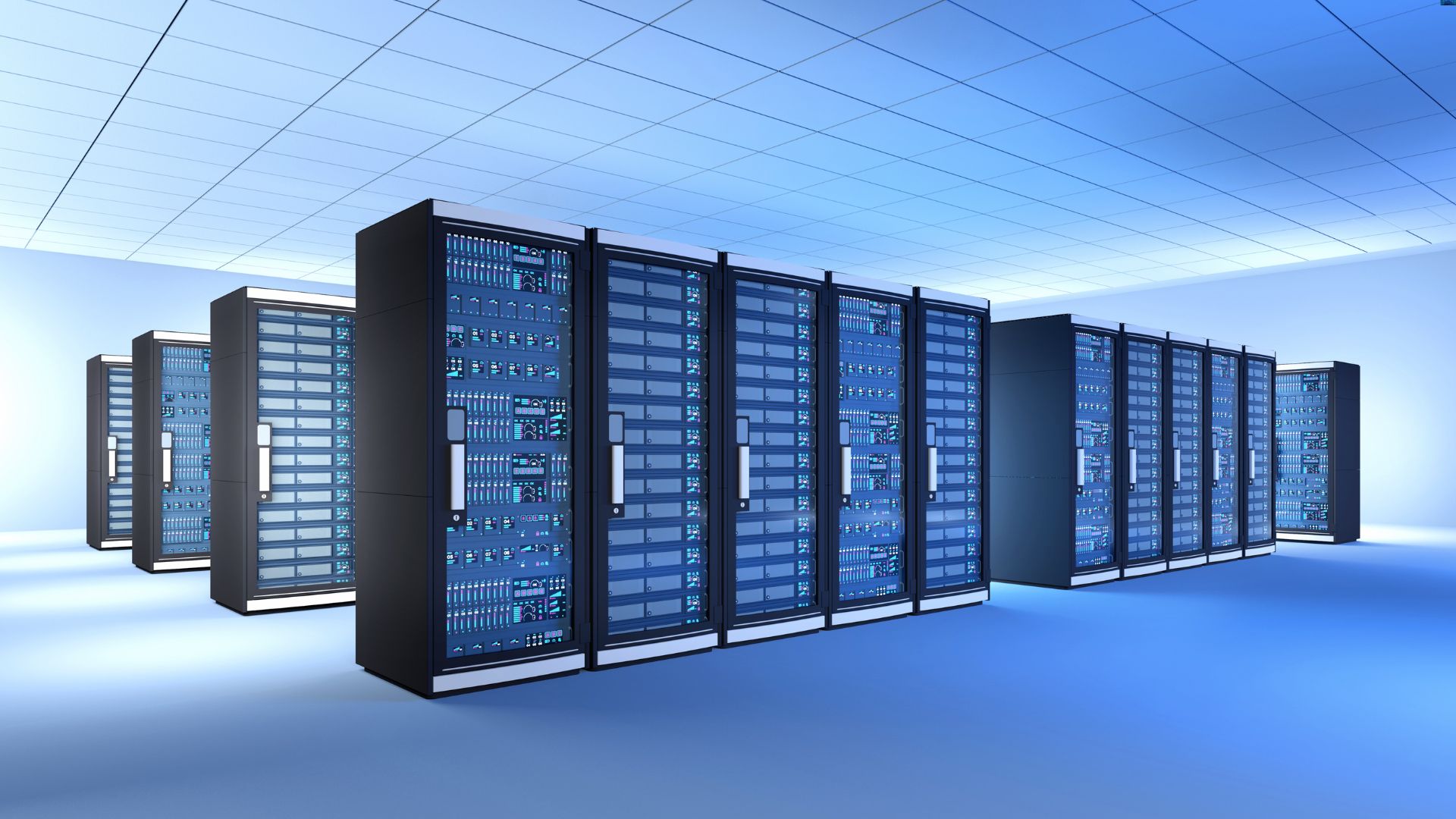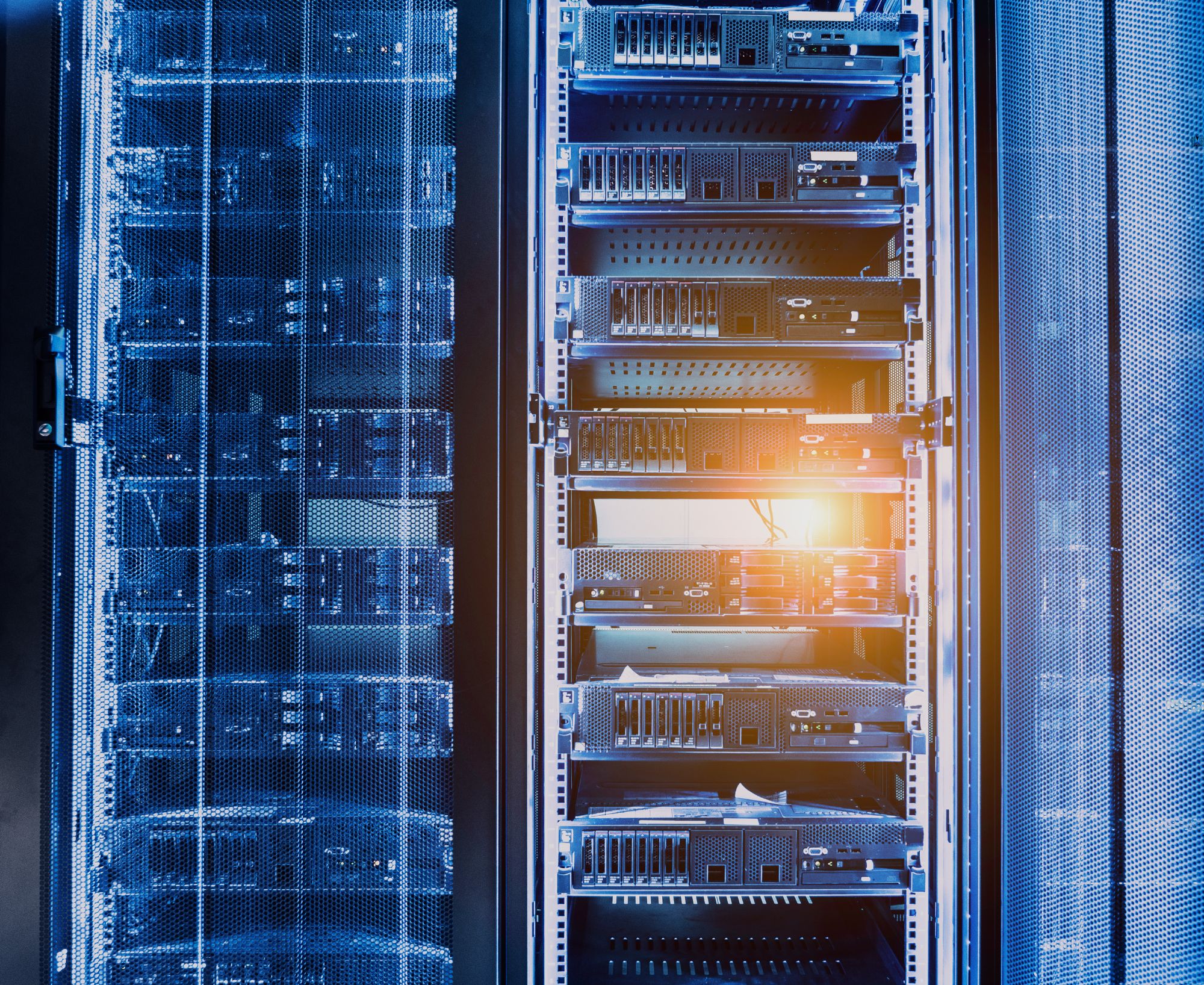
A Wisconsin Company’s Tier II Data Center Challenges
A successful Wisconsin-based manufacturing company known for its innovative products and strong local presence was facing significant IT infrastructure challenges – specifically with its data center services.
Originally, their data infrastructure was hosted in a tier II data center in a different state. Although cost-effective, it started to show limitations, especially in terms of uptime, latency and application performance due in large part to the distance between the data center and the company’s headquarters.
As the business grew, the company’s reliance on real-time data processing and seamless communication between its manufacturing units and hosted environment became critical. The distant tier II data center struggled to keep up, with slow application response times and frequent downtime. This had a negative effect on the company’s reputation, operational efficiency and revenue. Both clients and employees were frustrated with performance.
The Solution
At this point, they decided to migrate their data infrastructure to a tier III data center located within a 50-mile radius of their main operational base. The tier III data center offered several advantages over their previous setup, which included better redundancy, higher uptime guarantees and more advanced cooling and power infrastructure.
The Results
The proximity of the new data center significantly increased uptime and speed, allowing for faster data transfer and processing. This improvement was crucial for the company’s real-time manufacturing monitoring systems, which relied heavily on quick and reliable data access to function correctly.
Application performance saw a marked improvement, with faster load times and fewer interruptions in service, enhancing overall productivity and operational efficiency.
The tier III data center’s advanced infrastructure and services meant that the company could scale its IT resources more flexibly and securely, accommodating growth without the risk of outgrowing its data center’s capabilities.
Proximity matters, regardless of tier level
When your data travels a shorter distance, your business will experience increased speeds and lower latency, which is an IT network’s ability to respond and transfer data with minimal delays. Having your end users near your data makes the most sense and offers edge capabilities.
Tier levels: The higher the better
The tier classification of data centers primarily indicates their level of redundancy, reliability, and uptime, rather than their latency performance. A Tier III data center offers higher uptime and redundancy compared to Tier I and Tier II data centers, with Tier III being designed to be concurrently maintainable and having multiple paths for power and cooling.
Here’s a brief overview of each of the three tiers and their service levels:
Tier I Data Centers
Tier I data centers are entry-level facilities with minimal redundancy and a focus on basic infrastructure. They have a single path for power and cooling, making them vulnerable to disruptions. Tier 1 data centers are suitable for small businesses that rely very little on continuous data availability but lack the robustness for more critical operations.
- No redundancy guarantee
- 99.671% uptime per year
- Maximum of 28.8 hours of downtime per year
Tier II Data Centers
Tier II data centers offer some redundancy in power and cooling systems, reducing the risk of downtime. However, they are susceptible to disruptions during maintenance or equipment failures. These data centers are a step up from Tier I, offering improved reliability for businesses with moderate data dependence.
- Some cooling and power redundancies
- 99.741% uptime per year
- No more than 22 hours of downtime per year
You may not want or be able to assume the risk of 22 hours of downtime a year, making a Tier III Data Center the better choice.

Tier III Data Centers
Tier III data centers represent a significant advancement over Tier I and II data centers. They feature multiple paths for power and cooling, ensuring maintenance and equipment failures do not impact operations. They also help reduce downtime, bandwidth and delays.
With a focus on maintaining uptime, Tier III data centers are suitable for businesses requiring a higher level of reliability, specifically in the form of N+1 redundancy and multiple power and cooling distribution paths.
- N+1 fault tolerance
- 99.982% uptime
- Less than 1.6 hours of downtime per year
Best of both worlds: Tier III Data Centers within Close Proximity
For the growing Wisconsin-based manufacturing company mentioned at the start of this article, having a Tier III Data Center close by offered edge computing capabilities with several distinct advantages. This includes:
Greater redundancy and reduced communication delays
Data centers located near a business offer distinct edge advantages. This proximity allows for near-instantaneous connectivity, data processing and analysis to reduce communication delays.
Higher speeds
When data is processed closer to where it’s being generated, it can run at higher speeds, in larger amounts and improve overall performance. Latency is reduced because the time it takes for data to travel is minimized. It’s important for applications that require real-time processing like IoT devices and artificial intelligence.
Scalability
Servers can easily be added to adjust to fluctuations in demand and accommodate growth. The data center can handle the increase in power and cooling loads on the infrastructure.
Why partner with WIN for your data center needs?
WIN manages three data centers in Wisconsin so that you don’t need to go to Chicago to reach the Edge or gain higher speeds and scalability. By bridging the rural and urban divide, we offer Midwest organizations custom tailored cloud solutions that enable edge computing, disaster recovery, private and public cloud access, data migration and workload planning.
Ready to learn more?
If you have questions or want to learn more about maximizing the value of data centers, get in touch with a WIN Specialist for a complimentary, no-obligation consultation.
